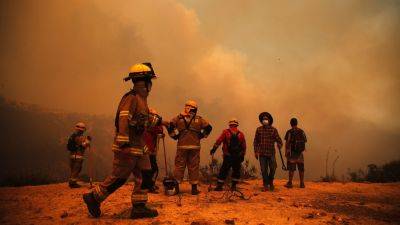‘Redefining journalism’: how a Nepali YouTube series goes off the beaten track to bring untold stories to light
Herne Katha, a web documentary series, has emerged as one of the country’s most popular journalistic endeavours in recent years. Since 2018, co-founders and hosts Bidhya Chapagain and Kamal Kumar have travelled to “unexplored places to find untold stories”, giving viewers a glimpse of people’s lives that have remained invisible to many.
“The front pages of our newspapers usually prioritise political news and it is very rare to find stories of people unless there is an earthquake, flood, or an accident,” said Chapagain from their Kathmandu office, just weeks after celebrating Herne Katha’s sixth anniversary in early March. “We are working to change that perception of journalism and redefining journalism.”
As Nepal transitioned into a democracy in 1990, private media started flourishing with the newly written constitution guaranteeing press freedom. The latter decades saw a rise in television channels and newspapers, followed by an explosion of online news platforms.
There are currently more than 4,400 online outlets registered with Press Council Nepal, the country’s media regulatory body. However, analysts say Nepal’s media industry,“despite diverse media platforms”, often lacks innovative storytelling techniques to draw in newer and younger audiences, which make up more than half of Herne Katha’s audience.
Both Chapagain and Kumar, who previously worked together on BBC Sajha Sawal, a popular debate programme, say they want to go beyond just asking questions and demanding answers.
“Most of the stories in the mainstream media were from urban centres and they were only giving continuity to it,” Kumar said, referring to their motive for starting Herne Katha. “So there was this vacuum for stories that needed to be told, and we







